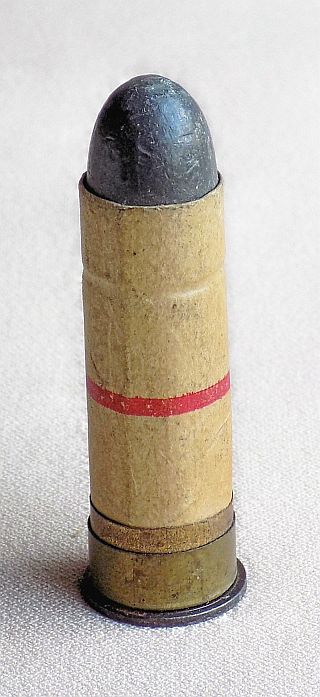

The first thing the British discovered1 about their new small bore acquisition ini place of the good old 0.45 calibre Martini Henry, was that the new rifle would noti stop an Afghan or other hill person, who really intended to keep coming. These Afghans or similar East Indian Apache, were accustomed to rush British camps by the light of the stars, or some-! times by daylight, and brandish knivesl as large as machetes and as sharp as, razors. Now early in the small bore, jacket bullet game, the British found themselves in difficulties with some hill tribe or other. Sawing the point off a sharp point bullet of this construction does not cause the bullet to break up in tissue, unless the cut is made far down the bullet.
#DUM DUM BULLETS SKIN#
This very tough skin is made either of sheet steel, nickeled to prevent rust, or else of an alloy of copper and nickel of about the proportion of 20 per cent, nickel to 80 per cent.-! copper, and being thus merely German ! silver. These bullets are constructed of a lead core, with a tough jacket or skin over the outside, closed everywhere except at the base where the core is inserted. With the exception of the French, the belligerents in the present war use smokeless high-velocity rifles of small bore and, of course, firing jacketed bullets. That they may spring from several causes and do so spring is proved by this article, which also deals in an interesting and lively way with the historical and scientific aspects of the dum-dum. That freak-shots are common enough is axiomatic. This article shows that there is a disposition, when a wound would seem to be unusually large and unusually hurtful to immediately claim it was the result of the usage of dum-dum bullets. IN this war, as in most recent wars, the charge has been made that dum-dum bullets are being employed.


 0 kommentar(er)
0 kommentar(er)
